- Oct 24, 2023
Keys to Bank, Bridge, Pier & Surf Saltwater Fishing Success
These tips will help you find the best places to fish in saltwater without a boat and make your approach extra efficient for catching more fish.
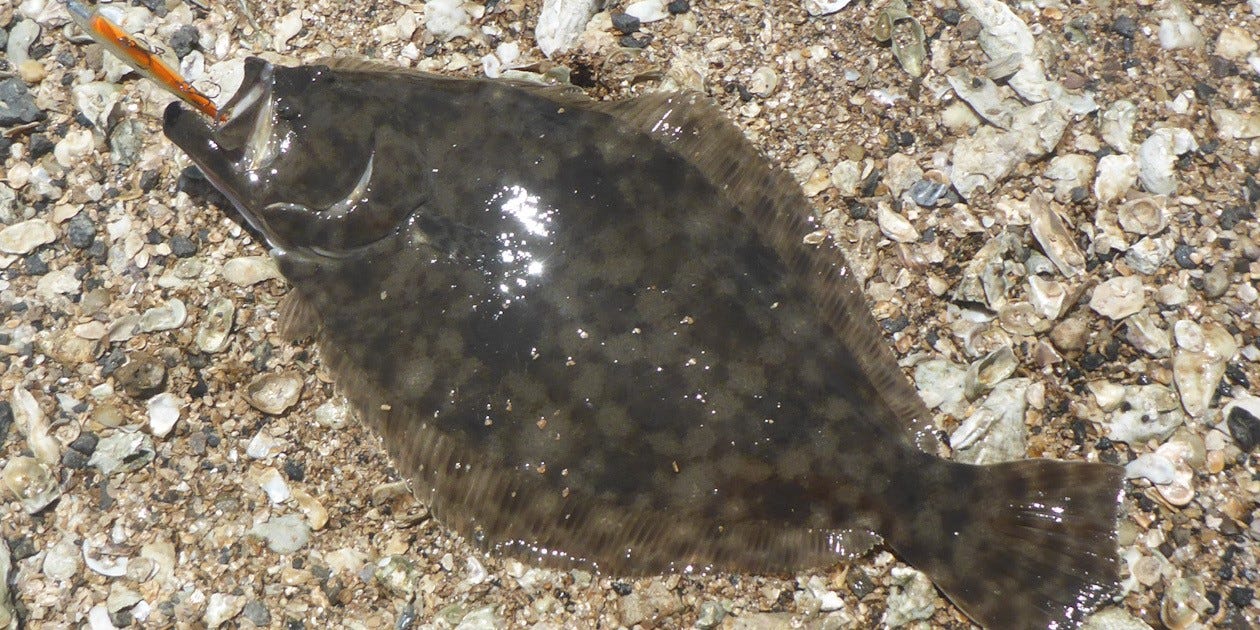

One of the best things about fishing along the coast is that in many areas, you don’t need a boat to access qualty fish-catching opportunities. Bridges, piers, seawalls, park shorelines, jetties and causeways are just some of the areas that commonly provide fishing access to waters of many kinds, and most beachfronts provide places to cast from the shore or wade in the surf.
Because waters that can be reached without the benefit of a boat range from well up tidal creeks to ocean areas and because access ranges wading to fishing from well above the water, the best techniques and species of fish encountered vary enormously. That said, some common planning and preparation steps can make a major difference in your success rate for virtually any type of boatless saltwater fishing.
Choosing a Location
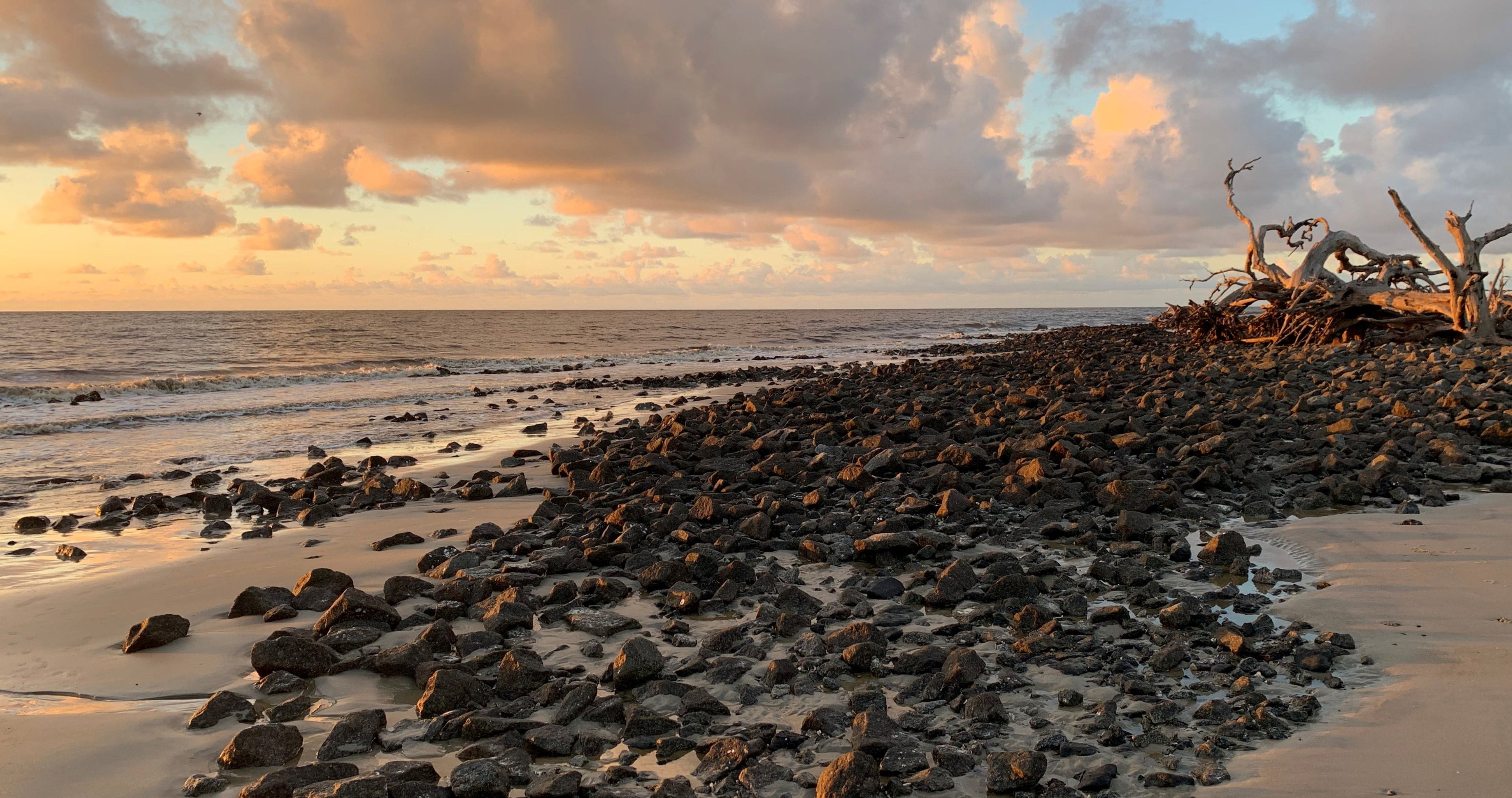

A great starting point for identifying good places to fish without a boat is on the state marine fisheries department’s website. Many have listings of piers and other primary public fishing access points, often with details about the setting, what you might catch and other stuff you need to know. From there, go to online mapping, just to see where there are parks, bridges that might offer fishing access, jetties that stretch out into the water and public beach access points.
After searching well on the maps screen, which is best for identifying public locations, switch to a satellite view. You might be surprised how much that reveals both about the access details and about likely fishing prospects. From an access standpoint, you can see things like whether a bridge has a barrier-protected sidewalk area where you can fish, how open shores are, and the distance from a parking area. From a fishing standpoint, you can often see where channel runs, other significant bottom contours, shell or rock areas, current breaks (admittedly specific to tidal stage at time of image) water color and much more. Fishermen in the satellite view tend to be a good sign!
While you’re browsing, search the names of a few spots that caught your eye with “fishing” or “fishing reports” tacked on the end. It’s a longshot that you find a timely fishing report that tells you everything you need to know, but likely you find some images that help paint the picture, older reports, details about access/fees/rules or a good lead on a nearby bait shop that equips anglers who fish that spot and where you can get timely reports.
Speaking of bait shops, if any exist in the area you are interested in hitting, it’s well worth planning time for a stop along the way. Folks in shops often can provide good, timely suggestions about lures, baits, locations, tides and more, and you can learn an extraordinary amount simply by looking at the lures and rigs on the pegs, photos on a bulletin board, the live bait they carry… And even if you don’t need bait, grab a lure or two, or maybe a few drinks and snacks, while you’re in there.
When you are picking spots, consider practical stuff like parking distance and how much stuff you’re toting, pier fees, whether you want to pick a spot and stay or remain mobile, whether you’re willing to wade… Also, if the areas you’re fishing are new to you, it’s a good idea to have a few in mind in case Spot #1 is extra crowded or simply doesn’t offer all you had expected.
Proven Techniques for High & Low Vantages
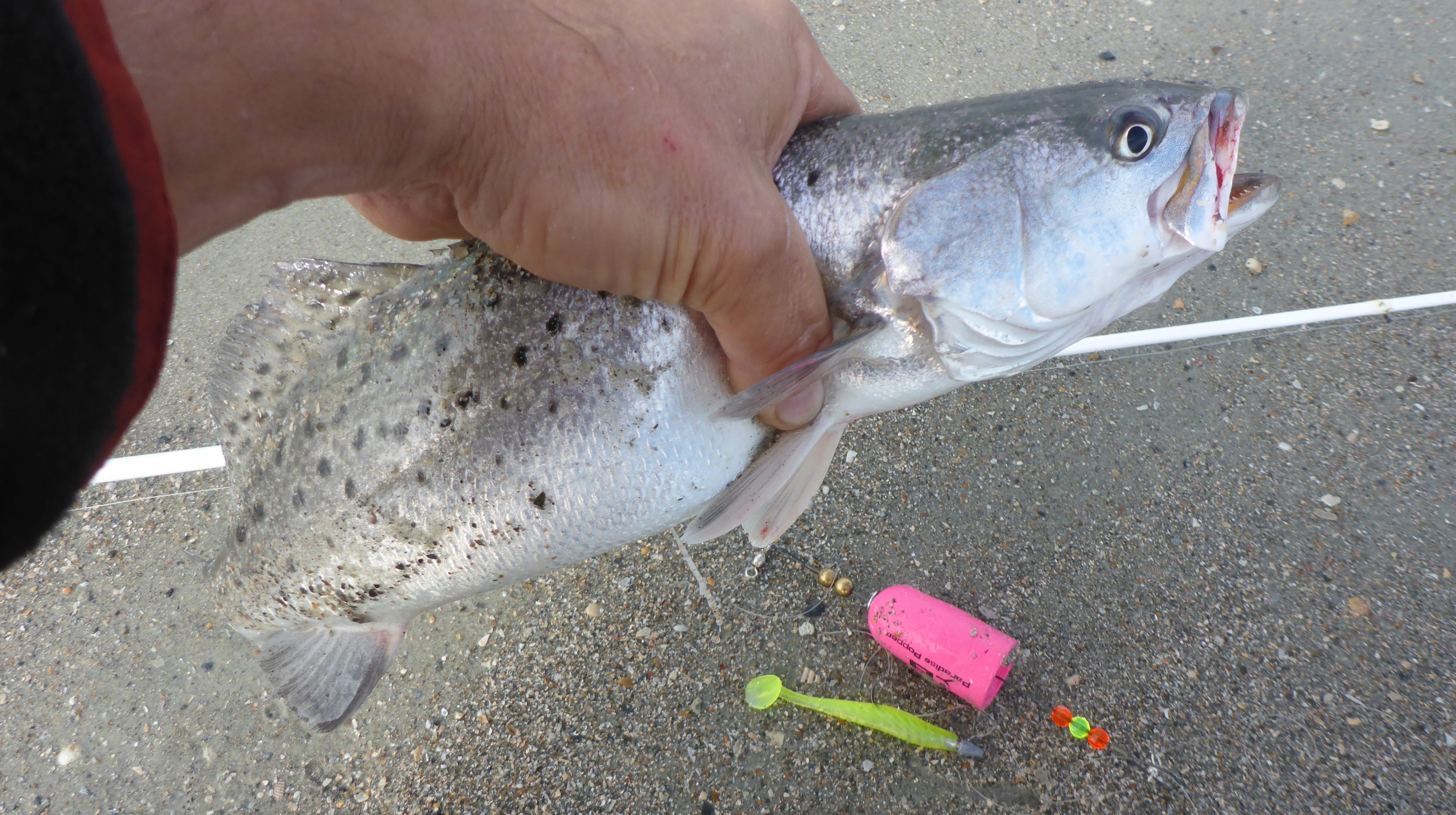

HIGH – When you’re fishing from well above the water’s surface – often from a bridge or an ocean pier – the angle makes it difficult to work a topwater lure or execute various popular cast-and-retrieve lure presentations. Repeated casting also can mean more back casts, where you always must be aware of other pier users, and enhanced risk of crossing other anglers’ lines. That’s a big part of why many anglers choose stationary approaches with cut bait on the bottom where they can simply wait for the rod tip to go down
That said, an artificial lure will help you work specific structures and breaks, move readily from spot to spot, and experiment with depth zones and presentations to find fish and prompt strikes – instead of waiting on the fish to find you. Lures that suggest baitfish also tend to be more effective for targeting predator species than are most cut bait applications.
Arguably the most versatile lure for fishing from a bridge or pier is a jigging spoon, such a Bomber Slab Spoon or Cotton Cordell C.C. Spoon. You can jig a spoon straight below you, whether the water is 3 feet deep or 30 feet deep. It stays in the zone and very effectively imitates many of the baitfish that hang around bridges and piers and provide key forage. Lifting and dropping right at the bottom is usually best. Experiment with other parts of the water column and with jigging cadences, though, to lock in the best presentation.
LOW – Countless approaches work for walking banks, wading and fishing from low piers, docks and jetties, and the best technique obviously depends on the target species and a host of other variables. That said, one of the best approaches for finding and catching saltwater sportfish of many kinds is to fish a soft plastic shrimp or minnow imitation under a Paradise Popper X-treme popping cork.
A Paradise Popper serves multiple functions. First, it adds weight, allowing you to effectively cast even small, lightweight baits. It also suspends an offering irresistibly a few feet beneath the surface and allows for enticing presentation where the bait rises and falls back to the same zone. Most importantly, it calls in feeding fish, both with clacking beads that match the sound shrimp make and with the splash of the cork itself, which sounds like a feeding fish and calls other fish to investigate.
The fishing approach is simple. Tie the front swivel to your main line, add a few feet of leader and tie your jighead (or hook) to the end of the leader. Cast, let the rig settle, and then work it by sweeping the rod to pop the cork and then pausing. The pauses are important, and often fish will hit when the bait is just hanging there. When the cork darts under, set the hook!
At the terminal end, a 1/8 or 1/4-ounce jighead matched with a soft-plastic bait is typically tough to top. For imitating baitfish, a small swimbait like a Gene Larew Long John Minnow, 3.5-inch YUM Pulse or 3-inch YUM Scottsboro Swimbait, works wonderfully. Alternatively, you can use a soft-plastic shrimp or a crawfish imitation like a YUM Spine Craw or Craw Bug. If you prefer live bait, a live shrimp or baitfish can be fished on the same rig.
Bridge & Pier Fishing Tips
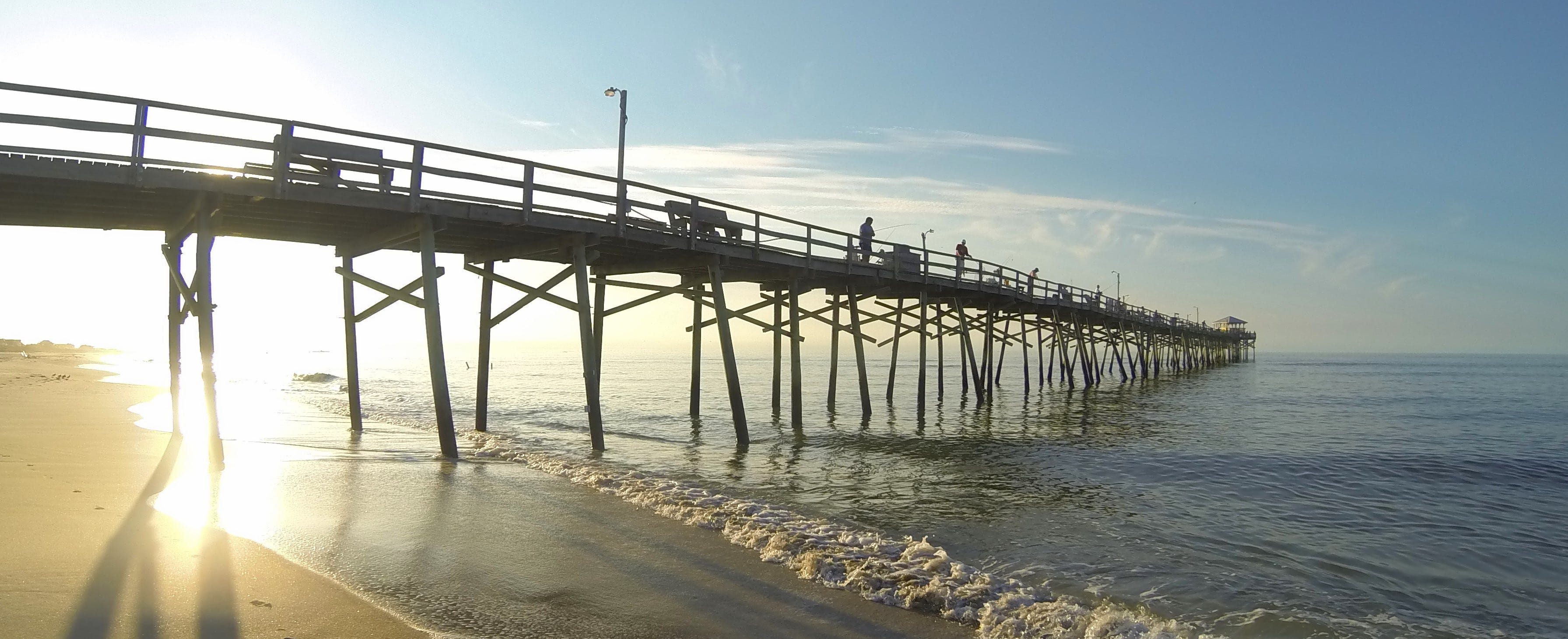

- Learn an Underhand Cast. This lets you easily aim straight out from your position and spares concerns about walkers or car traffic in your backcast.
- Have a Fish Landing Plan. Even a modest sized fish provides too much dead weight to simply crank up with many rods and reels. You might have to handline the fish from waters edge to your level (with gloves or a rag!). The best bet is to have a hoop net on a rope. Many fishing piers have community nets, but if you plan to do much of this kind of fishing you might want your own!
- Consider Tidal Direction. If everyone is fishing from the same side of a pier, the tidal stage is probably the reason. If your bait keeps getting swept under the pier, switch sides.
- Be Sociable – Pier fishing is more of a community experience than most other kinds of fishing. A quick tour to see what others are doing is often a good strategy. Asking questions and being willing to answer questions from others can help you fish more effectively and makes the whole pier experience more fun.
Surf Fishing Tips
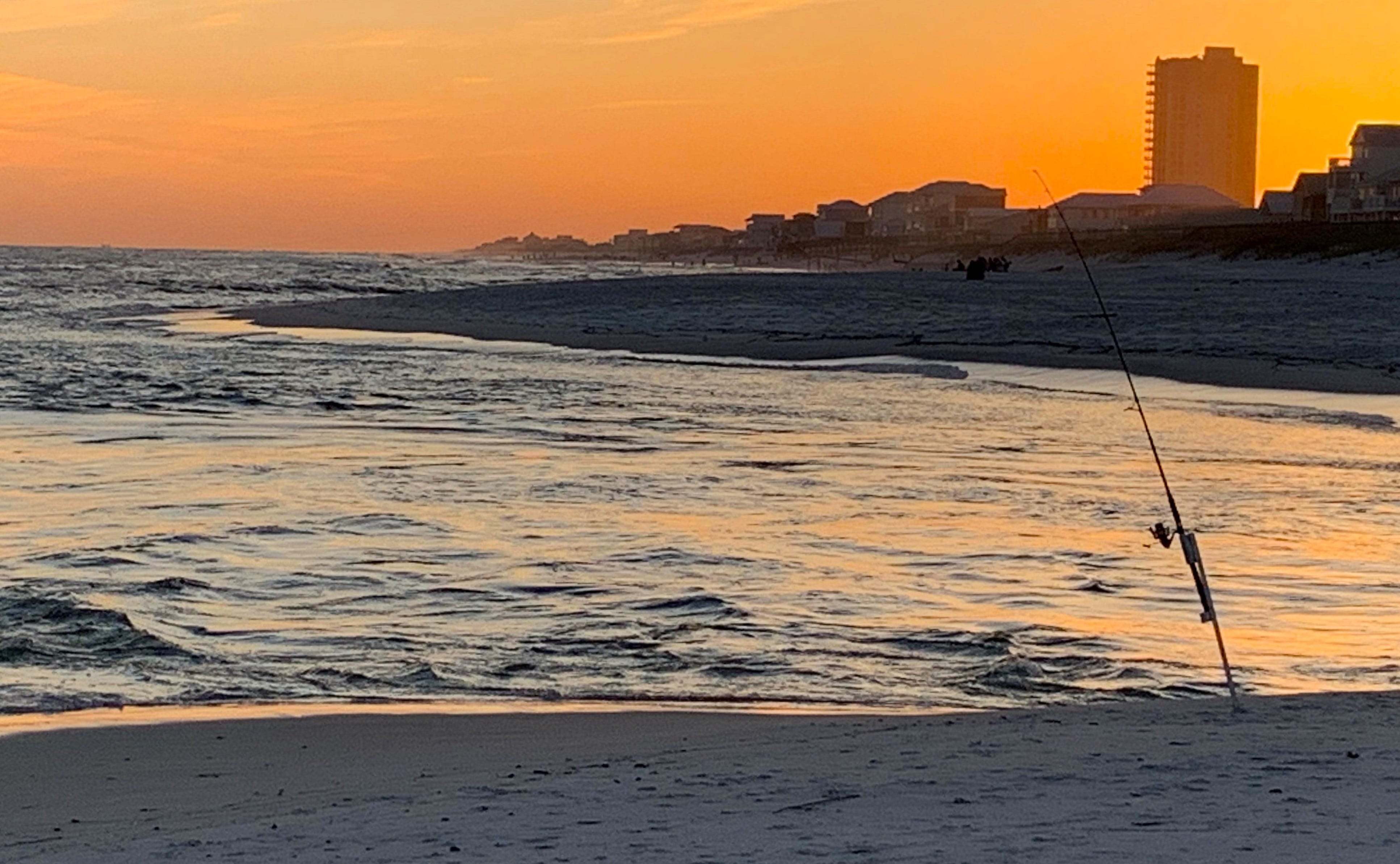

- Have Pliers Handy – You DON’T want to realize you don’t have pliers as you’re about to land a big sport fish on a lure that has two or three sets of treble hooks.
- Consider Tackle Toting – Wading depth will dictate whether a belt, sling or pack of some kind is best. The key is to think ahead about gear you want and how you can carry it out into the surf with hands free for fishing.
- Don’t Overcast – Often the best zone is where waves are breaking or just before or after the first bar. If you’re wading as far out as you can get and casting as far as you can reach, you might be casting past most of the fish – or they might even be behind you!
- Study the Surf – Not all parts of the beach are the same. Focus on cuts, points and changes in the beach slope and look for clues from the waves about breaks in bars and other distinctive features. If you have a signal, look at the satellite view where you are standing for additional clues.



